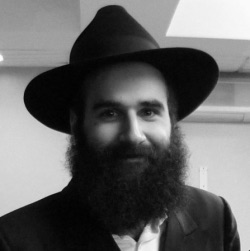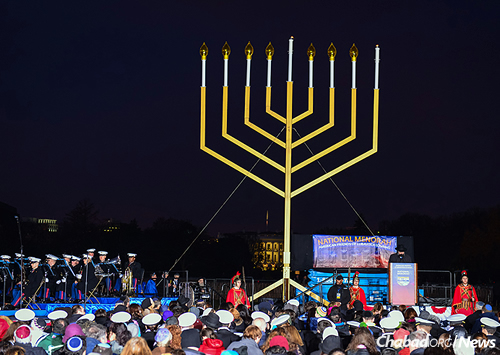

13 Hanukkah Facts Every Jew Should Know
1. Eight Nights=Miracle Lights

The sages taught: On the 25th of Kislev, the days of Chanukah are eight. One may not eulogize on them, and one may not fast on them. This is because when the Greeks entered the Sanctuary, they defiled all the oils that were in the Sanctuary. And when the Chashmonean monarchy overcame them and emerged victorious over them, they searched and found only one cruse of oil that remained with the seal of the High Priest. And there was sufficient oil there to light the candelabrum for only one day. A miracle occurred, and they lit the candelabrum from it for eight days. The next year, the sages instituted those days and made them holidays with the recitation of Hallel and prayers of thanksgiving.
But there’s more. Seven represents all that is found within this world. There are seven days of the week, seven classical planets and seven musical notes. In fact, the world itself was created in seven days.
Then there is the number eight, which represents that which is above, that which does not fit into the neat slots that hold the bits and pieces of our lives. The number eight evokes the transcendent and the G?dly. Eight is the number of miracles.
2. Light After Dark
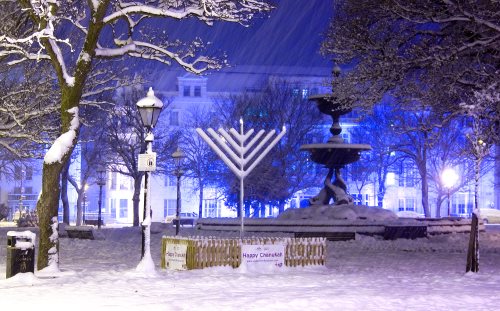

The Chanukah candles must burn after night falls, since their purpose is to bring light into darkness. But they need to be lit early enough that someone will be around to see them. The lights need to be seen so they can serve their function of reminding others of the great miracle G?d wrought.
3. The Silent Holiday
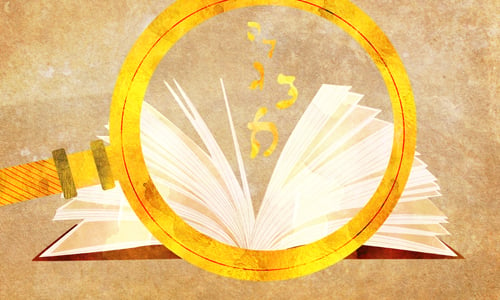

Chanukah is the only Jewish holiday not mentioned in the 24 books of the Bible. That’s because the canon was sealed by the Men of the Great Assembly, who flourished two centuries before the Chanukah miracle. Nor does it have a tractate in the Talmud that discusses its observances. Instead, it gets a by-the-way mention in Tractate Shabbat. In the context of discussing Shabbat candles, the Chanukah candles (and by extension, the Chanukah holiday) get their time in the Talmudic sun.
4. Before There Were Potatoes There Was … Cheese!


5. You Light a HillelMenorah
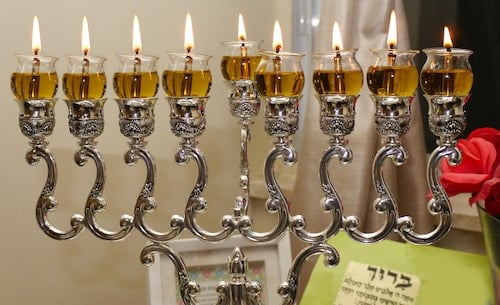

In the days of the Talmud, there were two major academies of learning: Hillel and Shammai. The House of Hillel taught that every night of Chanukah we add another candle—as we do today. The House of Shammai, however, maintained that we begin with eight lights on the first night and light one less flame every night, ending Chanukah with a single flame.2 Tempted to try the Shammai template? The time to do that is yet to come. Tradition tells us that when Moshiach comes, we will follow the rulings of the House of Shammai. But until then, there is a beautiful lesson to be learned from the Hillel model. Add more light every night. Every little bit of lights add up to create something brilliant.
6. Syrians, Greeks, Hellenists or Yevanim?
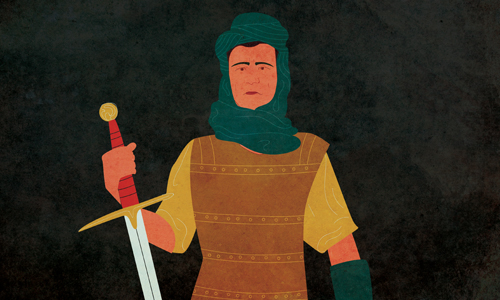

We sometimes hear of Greeks, Syrians or even Hellenists in the Chanukah story. So who exactly were the interlopers who were expelled by the Maccabees? All of the above! After the death of Alexander the Great, his empire was broken up: the Seleucid Greek Empire was based in Syria, and the Ptolemaic Empire had its base in Alexandria, Egypt. The soldiers stationed in Judea belonged to the Syrian Greeks. And who are the Hellenists and the Yevanim? The very same people: Hella is the Greek word for Greece, and Yavan is how we say it in Hebrew.
(Now, just to make things a bit more confusing, there were also the Hellenized Jews, or “Mityavnim” in Hebrew, who sided with the Greeks/Yevanim/Hellenists/Syrians/Seleucids and posed an even greater threat to the survival of traditional Jewish life.)
7. Menorahs Everywhere
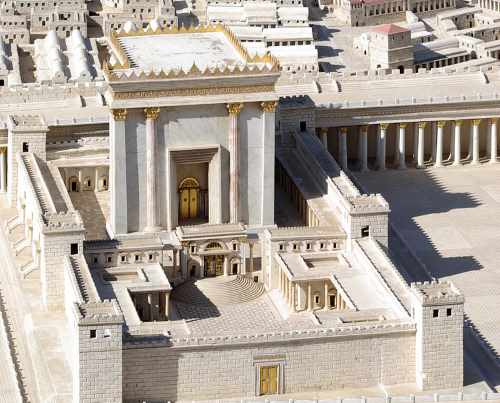

On the first Chanukah, candles were lit all over the courtyard of the Holy Temple in Jerusalem. This brought the Chanukah light from the inner sanctum of the Temple, the holiest spot on earth, out into the open. As Jews continue to observe Chanukah all over the globe, the ripples of holiness continue to widen and expand.
8. Lots of Choices
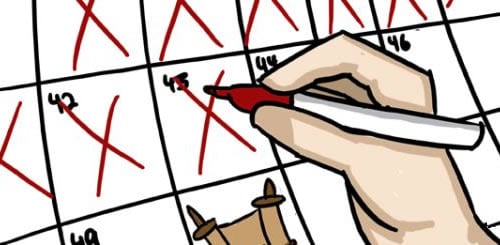

Most Jewish holidays begin on only four out of seven days of the week. For example, the first day of Rosh Hashanah can be Monday, Tuesday, Thursday or Shabbat—never Sunday, Wednesday or Friday. However since the month preceding Chanukah (Cheshvan) can have 29 or 30 days, Chanukah can actually begin on any day of the week besides Tuesday.
9. Were the Maccabees Really So Great?
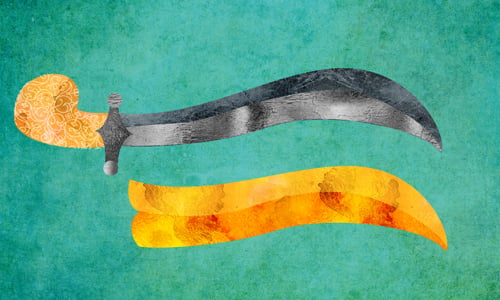

Any kid who attends Chabad preschool can tell you that the heroes of the Chanukah story are the Maccabees, the clan who led the brave insurgency against the Greeks invaders. But it was not all good. Judah Maccabee and his family were Kohanim, members of the priestly tribe chosen by G?d to minister in the Holy Temple. Judah Maccabee’s successors took the kingship for themselves, something that rightfully belonged to the descendants of King David from the Tribe of Judah. Indeed, it did not take long until the monarchy of Judea was dragged down into a series of unending power grabs and bloody intrigue, with king after king trying to imitate the very same Greeks their ancestors had ousted from the land.
10. Chanukah in the USSR
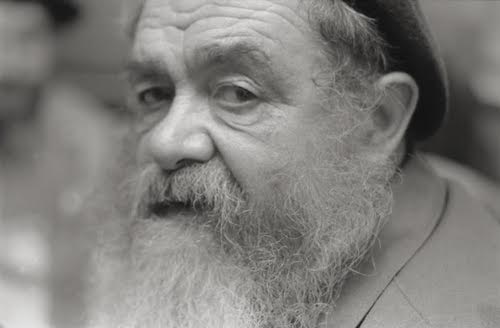

Avraham Genin, a leading figure in the network of underground Jewish institutions run by Chabad in the USSR (photo: Nathan Brusovani (Bar), www.brusovani.com)
For most of his life, Avraham Genin lit the menorah in the privacy of his own home, or in the synagogue. A former soldier in the Red Army, he lost his foot to a German bomb. But that didn’t prevent him from walking to synagogue every week—an effort that took him an hour and a half. A stalwart chassid who refused to bow to Stalin and his minions, he served bravely as a mohel and a teacher of Torah, a beacon of light in a G?dless communist era.
But then the unthinkable happened. By Chanukah of 1991, cracks had formed in the Iron Curtain and, in the presence of approximately 6,000 Jewish people, Avraham Genin kindled a giant menorah inside the Kremlin Palace of Congresses. (It was the second year that a large public menorah had been lit in the USSR; the previous year, a menorah had been placed near Russia’s White House.)
Public Chanukah menorah lightings have been a staple of Jewish Russian life ever since.
11. Chanukah in Space
In December of 1993, Space Shuttle Endeavour was sent into space to service the Hubble Space Telescope. One of the astronauts to bravely perform a spacewalk to repair the telescope was Jeffrey Hoffman.
Knowing that he would be stuck in space over Chanukah, Hoffman made sure to bring along a dreidel and a traveling menorah so that he’d be able to celebrate (because of lack of gravity and safety concerns, there was no way to light candles).
Then, via live satellite communication, he showed his Chanukah supplies, gave his dreidel a twirl in the air, and wished Jews everywhere a happy Chanukah
12. Is Your Menorah in the Doorway or at a Window?
The most common custom (outside of Israel) is to light the menorah at a window. In Mishnaic times, however, the menorah would be placed outside, on the left side of the door leading in from the street.
This led to a unique law. Normally if a person placed a candle in the street, and a straw-bearing donkey brushed by too close, the owner of the candle would be responsible for the ensuing conflagration. On Chanukah, however, he would be exempt because he was doing a mitzvah.
Why was the menorah placed to the left of the door? Because the mezuzahis placed on the right side. With the mezuzah on one side and the menorah on the other, you are literally surrounded by holiness.
The harsh realities of the diaspora, both sociopolitical and meteorological, forced the menorah to an indoor doorway, and some communities developed the custom to put it on the windowsill instead. Even today, many people (including Chabad) prefer to light in a doorway, surrounding ourselves with the mitzvahs of mezuzah and the menorah, just as in ancient times.
13. How Chanukah Went Public in Three Years
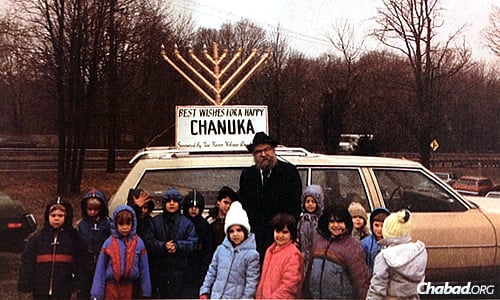

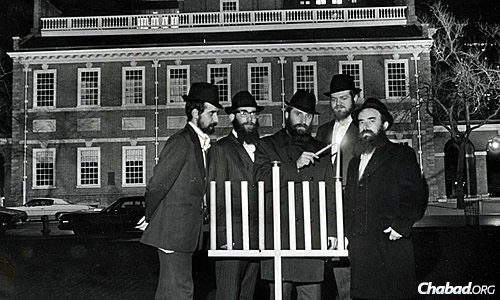

By 1974, Rabbi Abraham Shemtov had the unusual, perhaps wild, idea of lighting a menorah right in front of Independence Hall, which houses the Liberty Bell, the icon of American freedom.
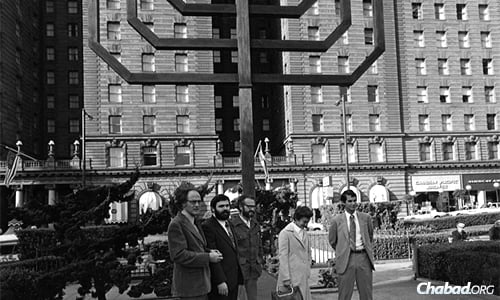

In 1975, Chabad Rabbi Chaim Drizin in San Francisco made arrangements to light an oversized wooden menorah in the city’s Union Square. Bill Graham—a child survivor of the Holocaust and a well-known music promoter—donated funds for the construction of the 22-foot-tall mahogany menorah. To this day, it’s called the Bill Graham menorah. (Photo: www.billgrahammenorah.org)
In 1975, on the opposite U.S. coast, Rabbi Chaim Drizin in San Francisco had made arrangements to light an oversized wooden menorah in the city’s Union Square. Bill Graham—a child survivor of the Holocaust and a well-known music promoter—donated a 22–foot-tall mahogany menorah, and the tradition grew into its current form.
In 2016, Chabad-Lubavitch set up more than 15,000 large public menorahs. Public lightings and Chanukah events were held in more than 90 countries around the world. Additionally, 5,000 menorah-topped vehicles roamed the roads, creating holiday awareness in cities, towns and rural areas around the world.
Rabbi Menachem Posner serves as staff editor at Chabad.org, the world’s largest Jewish informational website. He has been writing, researching, and editing for Chabad.org since 2006, when he received his rabbinic degree from Central Yeshiva Tomchei Temimin Lubavitch. He resides in Chicago, Ill., with his family.


